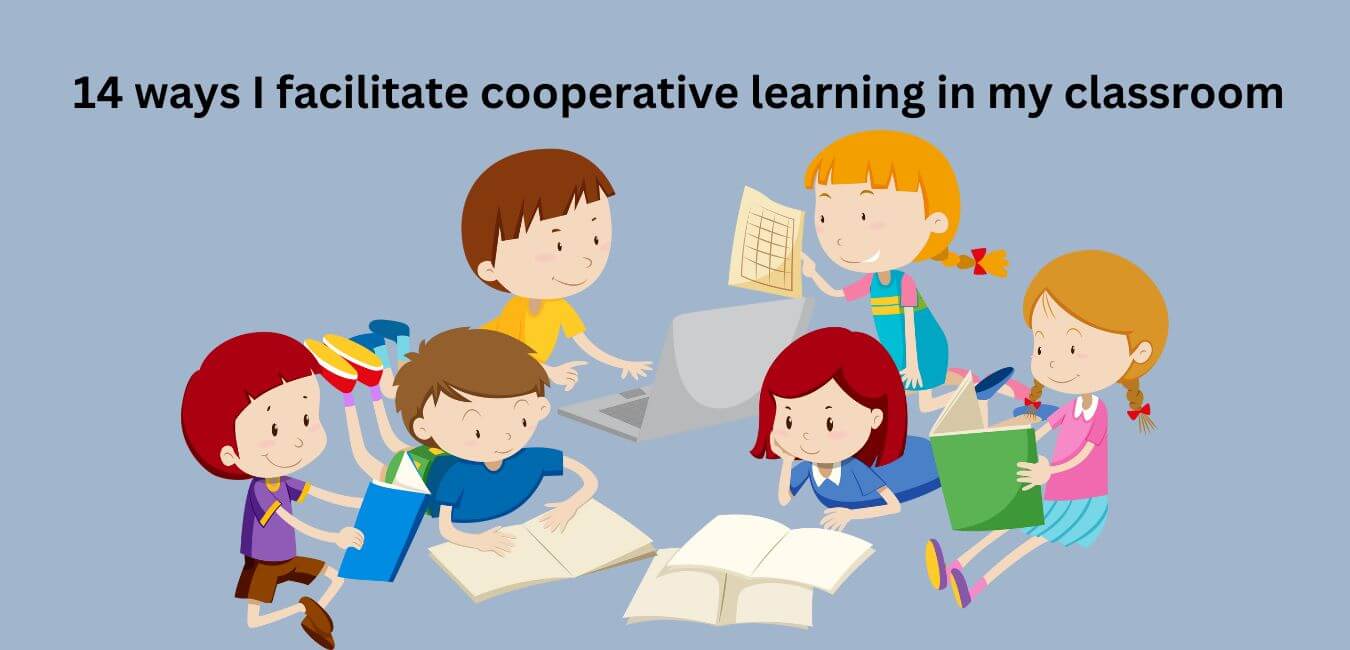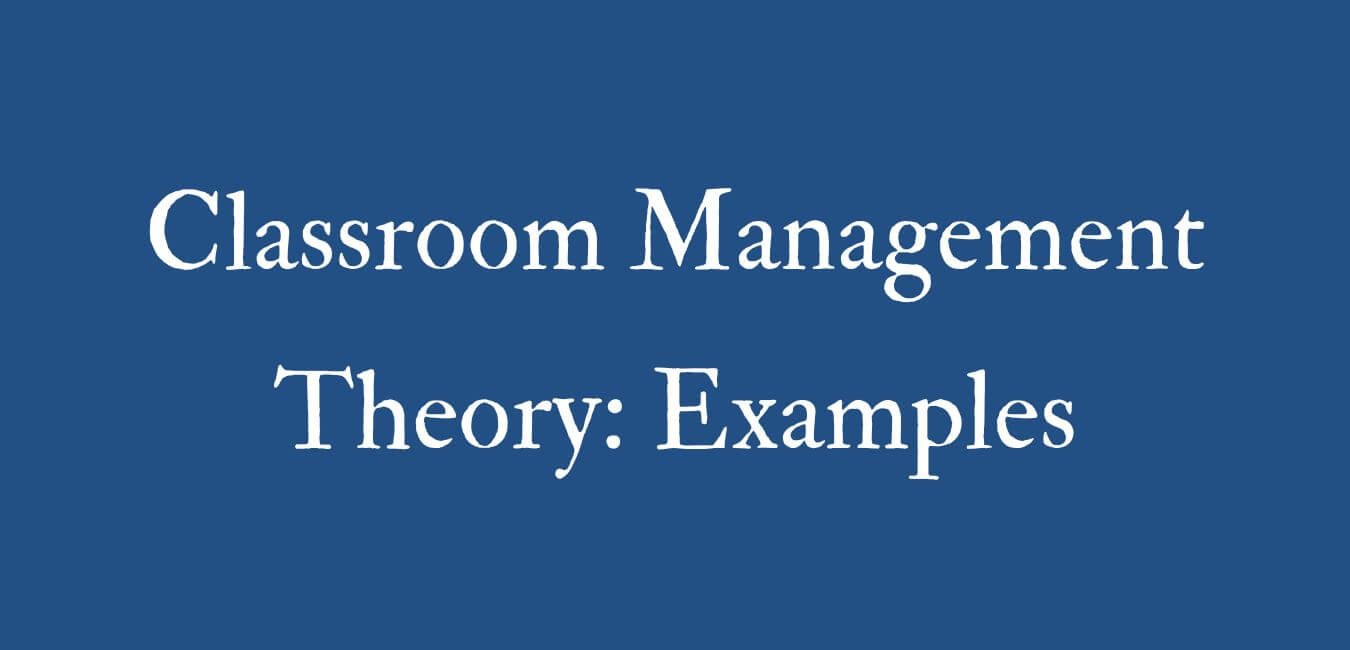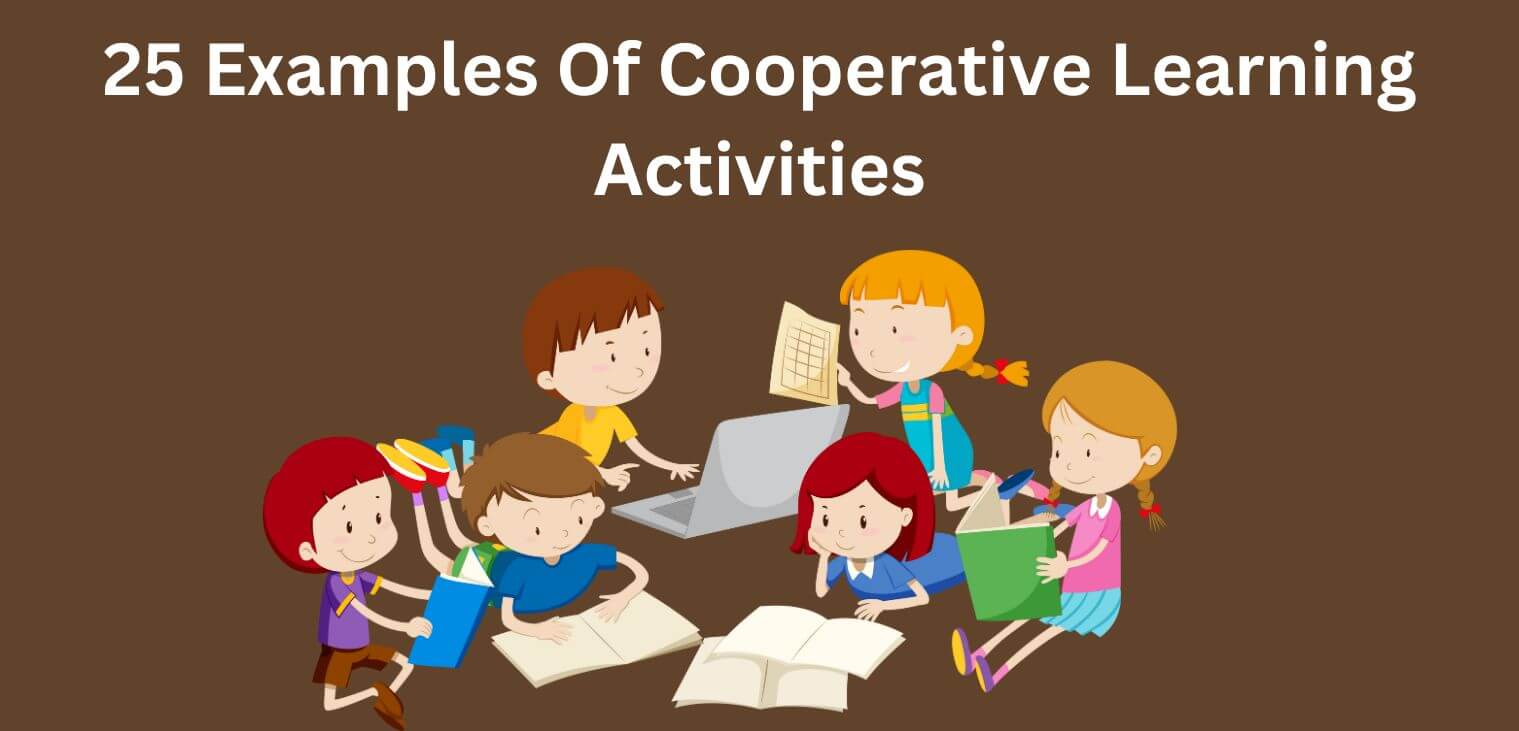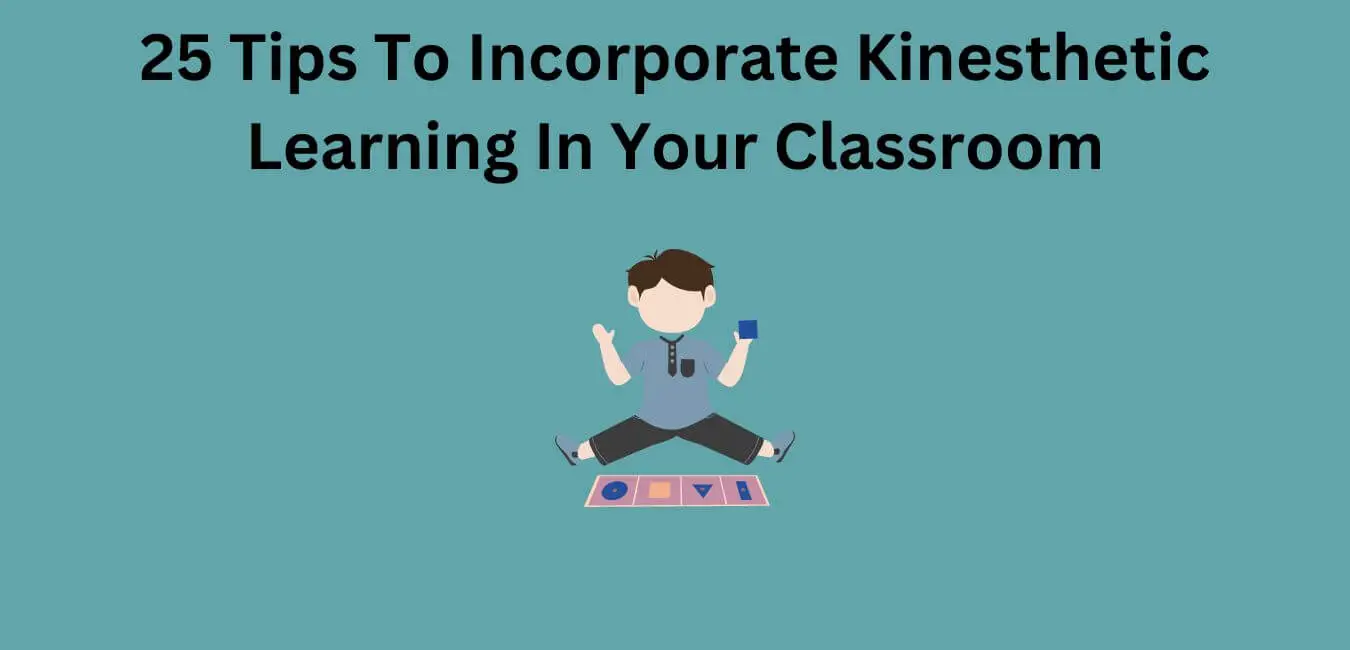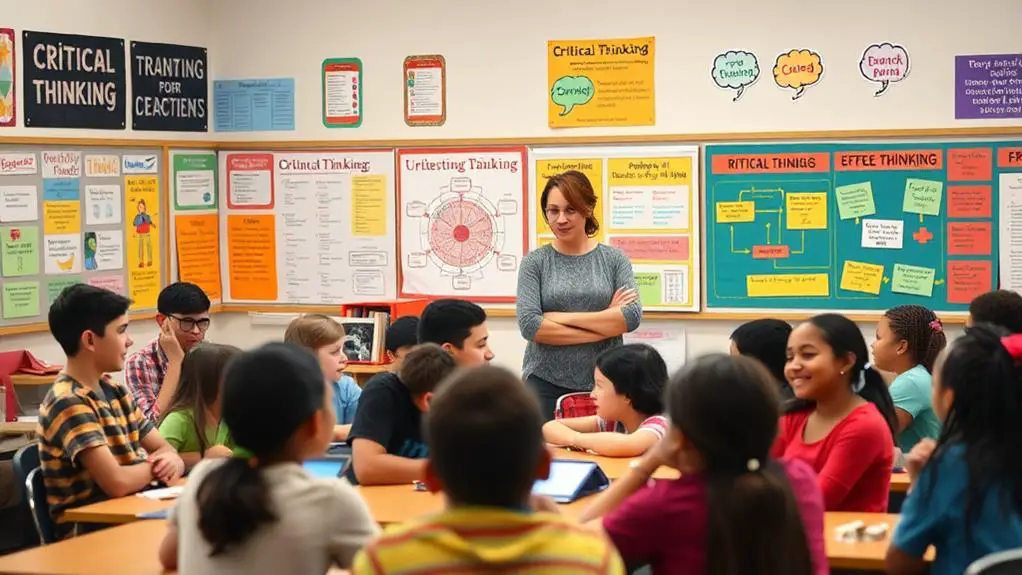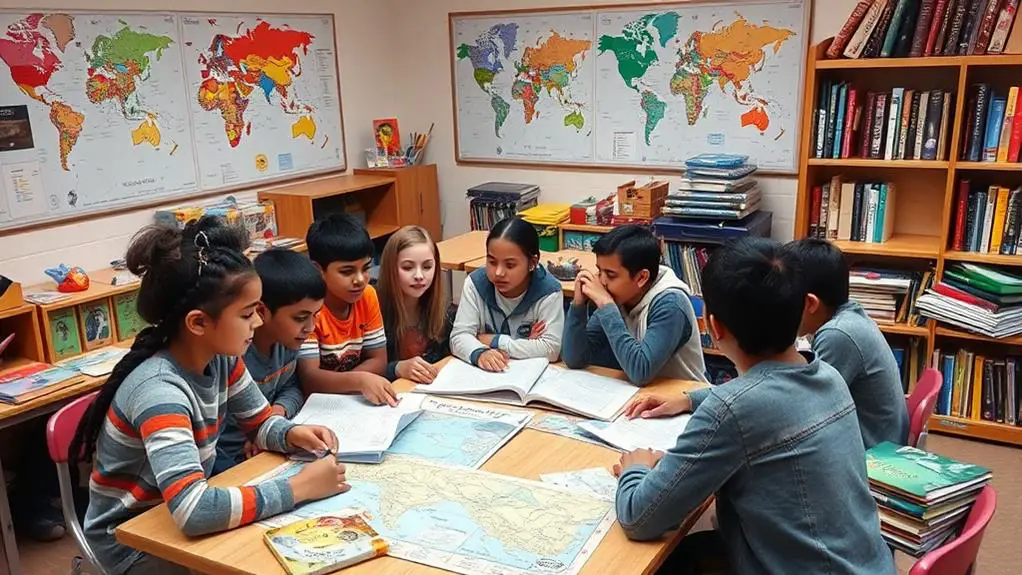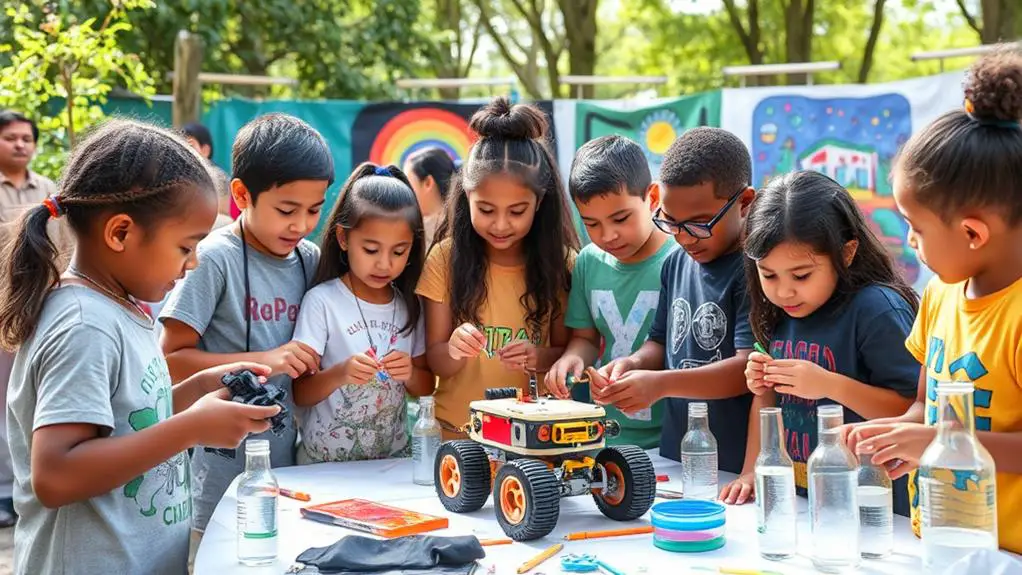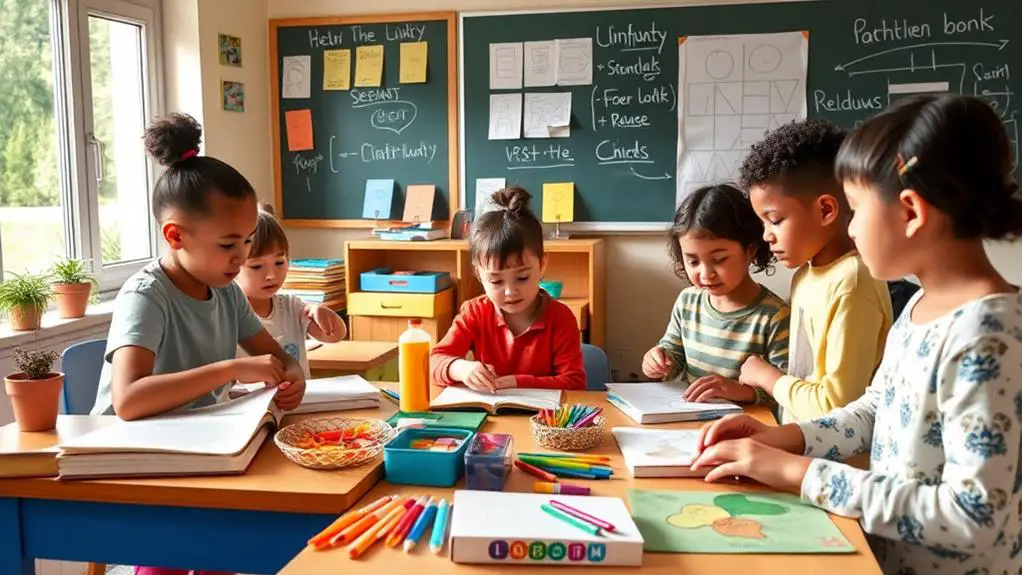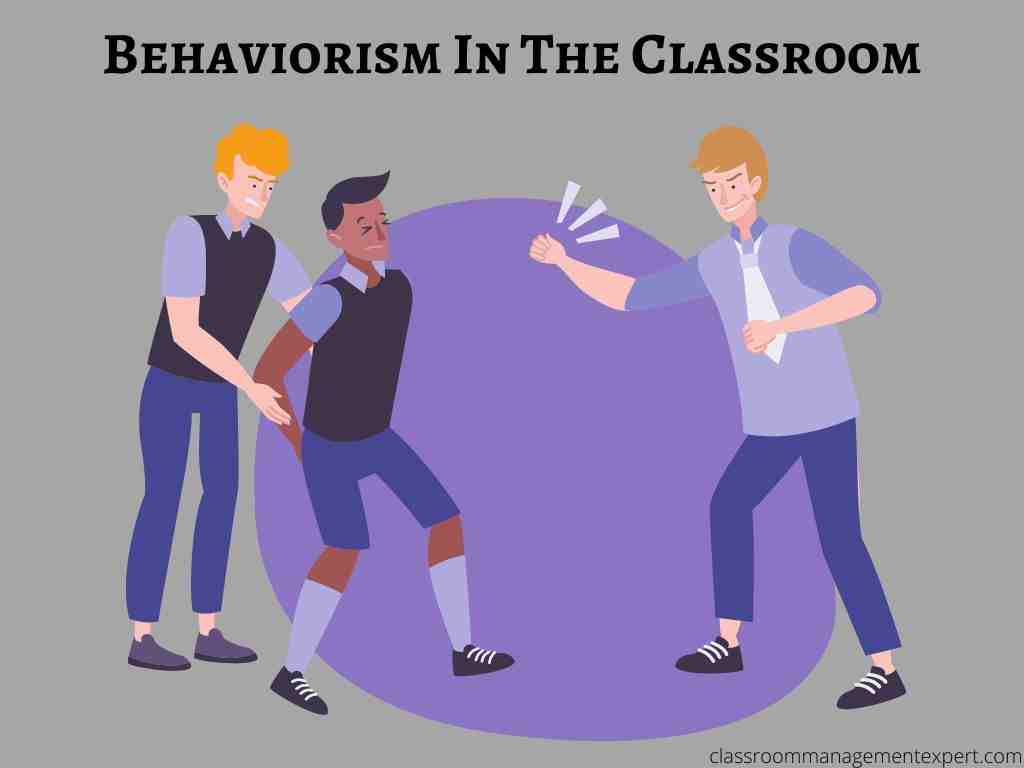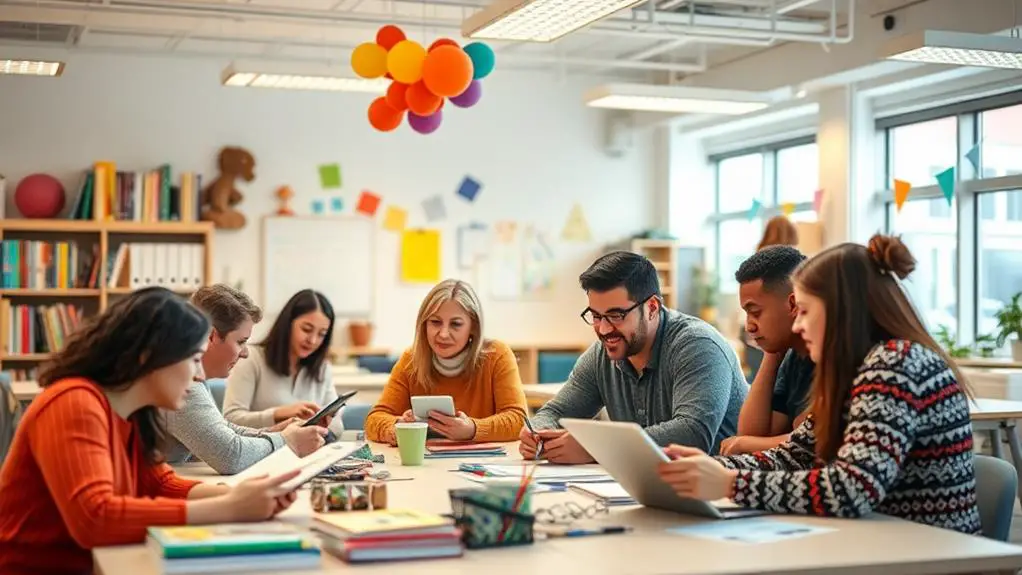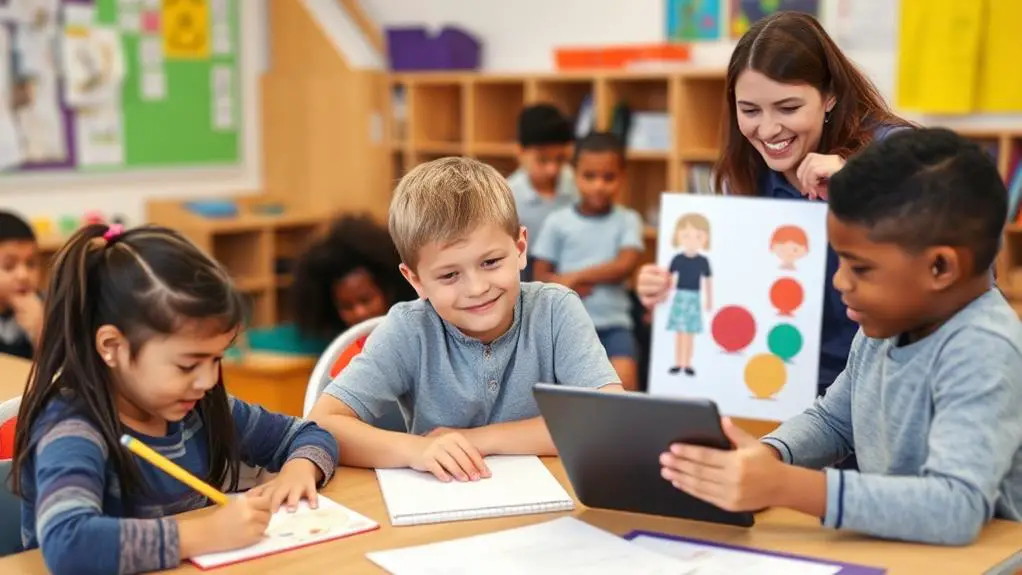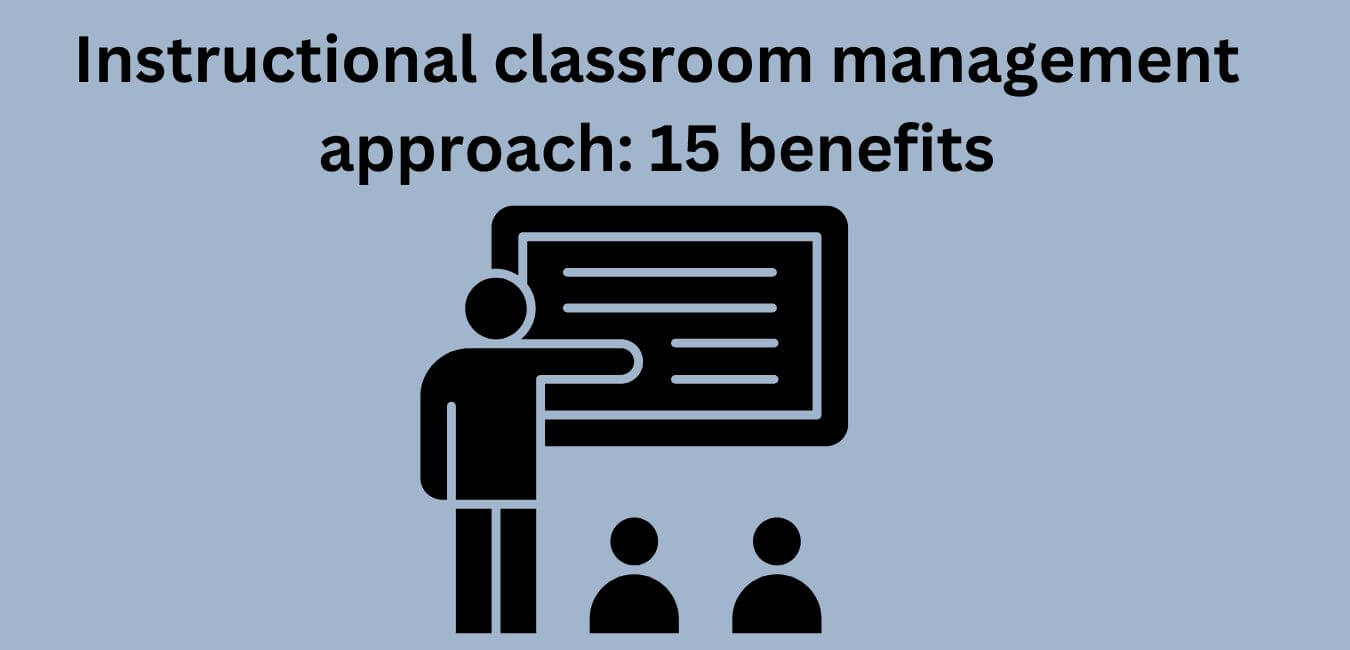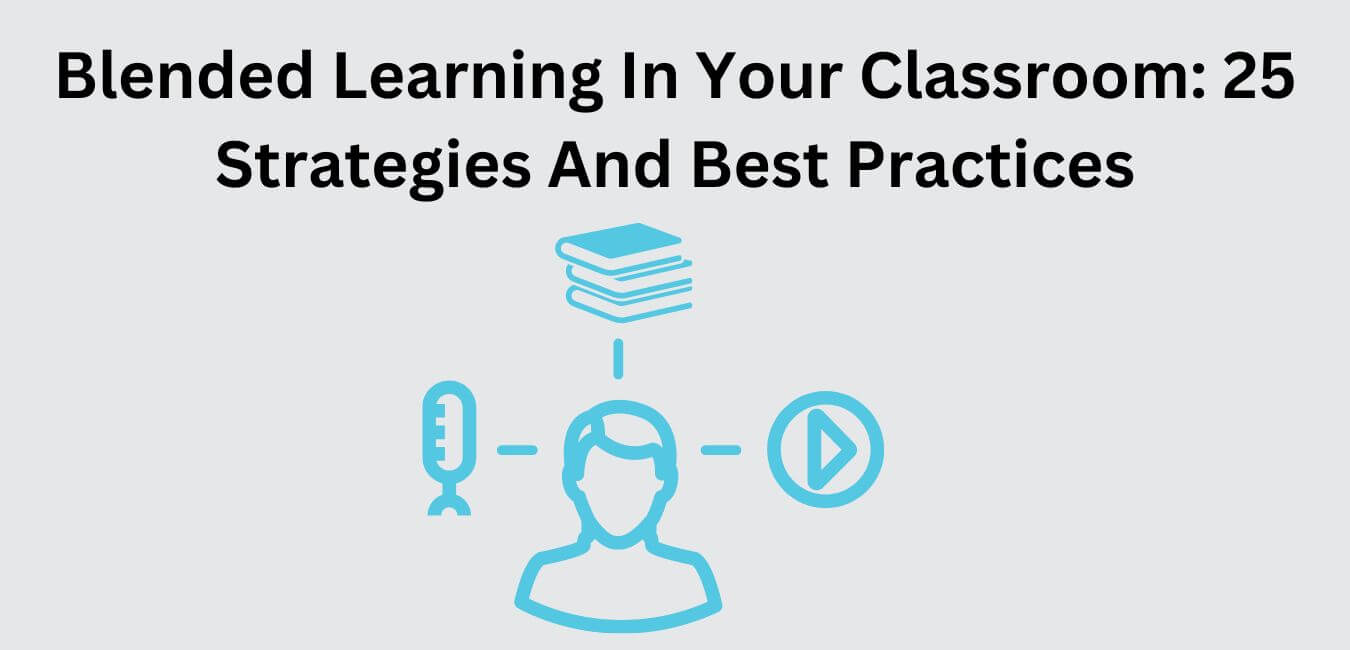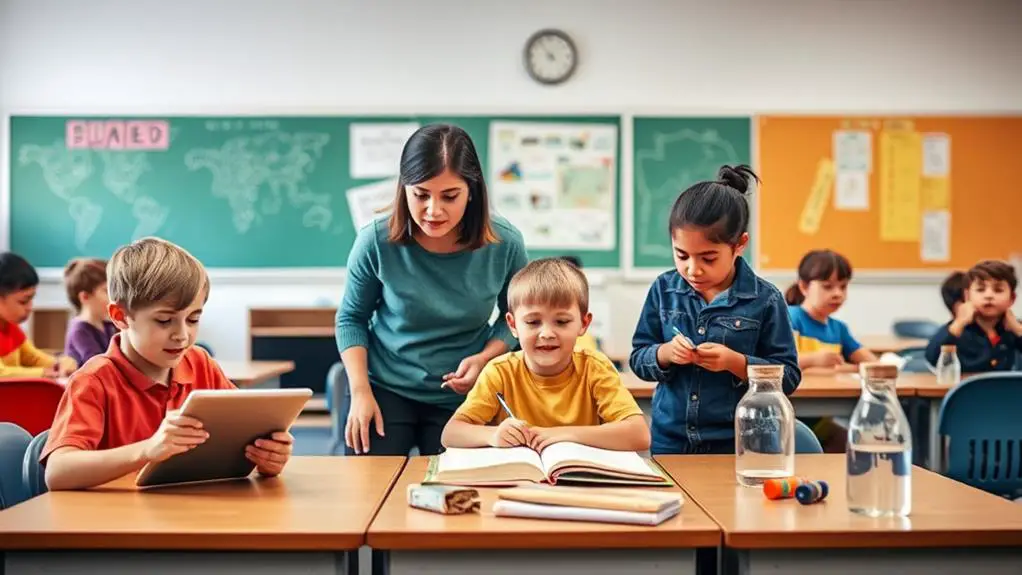Imagine walking into a classroom and witnessing students immersed in discussions, their excitement palpable as they solve problems together and learn from each other’s experiences.
This is the kind of learning environment we all strive to create – one that encourages collaboration and fosters an authentic sense of community among students.
As educators, we know that cooperative learning can be a powerful tool in helping our students develop essential skills, such as critical thinking, problem-solving, communication, and teamwork. But what are the best strategies to facilitate this kind of learning?
In this blog post, I’ll be sharing 15 tried-and-tested ways that I promote cooperative learning in my classroom, helping you transform your own learning space into an engaging and collaborative oasis where students thrive.
So get ready to dive deep into the world of cooperative learning and discover tips, tricks, and techniques that will not only enhance students’ learning experiences but also reinforce the value of teamwork and shared successes.
Cooperative Learning: Why it is Important?
Cooperative Learning is an educational approach that encourages students to work together in small groups to achieve a common learning goal.
As a teacher, I find this method highly beneficial for my students, as it promotes active engagement and fosters a positive learning environment.
Cooperative Learning is an instructional method that focuses on students working together in small groups to achieve a common learning goal under the guidance of a teacher.
As a teacher, I have found that implementing cooperative learning strategies in my classroom not only helps students grasp complex concepts more effectively but also improves their communication and soft skills, which are essential for their future personal and professional lives.
One of the main benefits of cooperative learning is that it encourages positive interdependence; when students realize that working together is more beneficial than working individually, they become more motivated to support and rely on one another. This teamwork approach fosters a sense of community and creates a warm, engaging atmosphere in the classroom.
Another significant advantage of cooperative learning is that it helps minimize classroom management issues. By keeping students actively engaged and promoting social interaction, cooperative learning reduces disengagement and disruptive behaviors. Plus, many collaborative learning strategies include short active breaks that improve students’ overall health and well-being.
Overall, cooperative learning is a powerful tool that I use to create a more meaningful, productive, and enjoyable learning experience for my students. And, with a variety of strategies to choose from, I can easily tailor my lessons to keep students consistently engaged and challenged.
How to Use Cooperative Learning in Your Classroom
1. Establish clear expectations for group work
In my classroom, I have found that establishing clear expectations for group work is essential for successful cooperative learning. Here, I share with you some of the strategies I use to ensure that my students know what is expected of them when they engage in group work activities.
1. Set specific objectives for each group activity: Before we start any group work, I make sure to clearly outline the goals and objectives of the task, so that my students know exactly what they need to accomplish.
2. Assign roles and responsibilities: I often assign specific roles to each student within the group, such as note-taker, timekeeper, or discussion leader, to ensure that everyone understands their role in contributing to the group’s success.
3. Provide clear instructions and resources: I make sure to provide my students with detailed instructions and the necessary materials to support their group work. This often includes guiding questions, reading materials, and templates for organizing their thoughts and ideas.
4. Establish norms for group interaction: I encourage my students to discuss and agree upon ground rules for their group interactions, including taking turns speaking, listening actively, and respectfully challenging one another’s ideas.
5. Model effective group work: I demonstrate effective group work strategies during class discussions and debriefing sessions, highlighting the importance of communication, collaboration, and problem-solving.
6. Set a time limit: I often set a specific time limit for group work activities, so my students know when their task needs to be completed.
By establishing clear expectations for group work, I have seen improvement in my students’ ability to work together effectively, leading to deeper learning and overall better classroom dynamics.
2. Randomize group assignments
One of the most effective ways I facilitate cooperative learning in my classroom is by randomizing group assignments.
This approach eliminates the possibility of students forming groups solely based on friendship, which can result in cliques and uneven distribution of abilities and knowledge.
Instead, I use various methods to assign students to groups randomly and ensure diversity and inclusivity, helping them grow by interacting with their peers and learning different perspectives and problem-solving skills.
To achieve this, I often use simple techniques like drawing numbers or colored sticks, or having students find partners based on random criteria such as matching vocabulary words or birthdays.
Other times, I incorporate technology and use online tools or apps to create random groups. I’ve found that this approach promotes positive interdependence among students, as they learn to rely on each other’s strengths and work together to achieve the learning objectives.
By implementing random group assignments, I’ve witnessed numerous benefits, such as improved student engagement, increased accountability and participation, and the development of crucial social and communication skills.
Moreover, it also allows me to better cater to different learning styles and provide more opportunities for peer-to-peer instruction. Overall, randomizing group assignments has proven to be a valuable and indispensable strategy for facilitating cooperative learning in my classroom.
3. Encourage peer tutoring
One of the key strategies I use to promote cooperative learning in my classroom is encouraging peer tutoring. As a firm believer in the power of collaborative growth, I have witnessed firsthand how students can learn from each other, regardless of their proficiency levels.
To implement peer tutoring, I often start by pairing up high-achieving students with those who need additional support, creating a structured learning environment for both parties. Research has consistently shown that peer tutoring boosts academic gains, social enhancement, and motivation among students, making it an economically and educationally effective intervention (Miller & Miller, 1995).
To make it more engaging, I sometimes employ Cross-Age Tutoring or Reciprocal Peer Tutoring (RPT) strategies that allow students to learn from each other across age groups or different skill sets. This has proven particularly beneficial for students in grades 1-3, urban settings, low socio-economic areas, and minority students, resulting in significant academic gains (Rohrbeck et al., 2003).
Moreover, I have found that peer tutoring facilitates access to the general education curriculum for students with disabilities, providing them with the individualized instruction they need to succeed. By incorporating this strategy into my teaching methods, I am confident that I am creating a more inclusive learning environment that caters to the diverse needs of my students, and prepares them to be active, productive learners in the 21st century and beyond.
4. Use games to promote cooperation
One of the most effective ways I facilitate cooperative learning in my classroom is by incorporating games that promote cooperation and teamwork. These games not only help students develop essential skills like communication, critical thinking, and problem-solving, but they also make learning fun and engaging.
I often start with simple games like Scavenger Hunts and Escape the Classroom, where students are divided into teams and have to work together to achieve a common goal. These games allow students to plan strategies, divide tasks, and communicate their progress, ultimately fostering a sense of collaboration.
Another favorite activity of mine is the “Build Something Great” challenge. Here, I give teams specific assignments such as constructing a bridge with toothpicks and marshmallows or a castle out of cardboard. The emphasis is on teamwork and learning from both successes and mistakes.
One more enjoyable game I use is the Storytelling Circle, where students take turns adding to a narrative based on a picture or emoji they’ve been given. This promotes communication and creative collaboration, as they have to listen and build on each other’s ideas.
Lastly, I sometimes organize a classroom party, where students are divided into groups responsible for different aspects like food, decorations, and games. This truly demonstrates the power of teamwork, as they all have to contribute to create the best party possible.
Overall, games are a fantastic way to bring cooperative learning to life in my classroom, ensuring students develop essential skills while having a great time.
5. Provide prompts for effective discussion
As a proactive teacher, I strongly believe in the power of effective discussion in promoting cooperative learning among my students. To facilitate this, I provide prompts that encourage students to engage in meaningful conversations and exchange of ideas. The first step in achieving this is by creating a safe environment where students feel comfortable speaking up and sharing their thoughts without being judged.
I realize that sometimes, students may find it challenging to discuss a certain topic or ask questions because they are unsure of how to express their thoughts. To overcome this, I provide them with sentence starters or question stems, such as “Can you explain further?” or “How does this relate to…?”. These prompts guide them in formulating their thoughts and help maintain a structured conversation.
Additionally, I make it a point to actively model effective communication skills by demonstrating active listening and asking open-ended questions. I encourage students to do the same by reminding them to pay attention to each other and build on what their peers are saying. As a result, they learn to appreciate diverse perspectives, develop critical thinking skills, and enhance their own understanding of the topic at hand.
In the end, providing prompts for effective discussion plays a vital role in fostering a cooperative learning environment where students feel confident to contribute and learn from one another.
6. Assign roles to group members
In my classroom, I always make it a point to assign roles to group members during cooperative learning activities. I’ve found that it not only keeps the students engaged but also helps them take responsibility for their learning.
First, I consider each student’s strengths and weaknesses, then assign roles that complement their abilities. For example, I might assign the role of a leader to a student who has strong communication skills and the role of a researcher to someone who is detail-oriented. This ensures that everyone has a part to play in the group’s success.
Additionally, I make sure to assign roles that promote equal participation and allow each student to contribute to the overall outcome. To do this, I create roles like a timekeeper, note-taker, presenter, and more. This way, students have a clear responsibility, leading to a more efficient and cohesive learning environment.
To encourage the development of various skills, I also rotate roles among group members so that each student gets a chance to explore different perspectives and responsibilities.
Overall, assigning roles to group members has greatly improved the cooperative learning experience in my classroom. It fosters teamwork, enhances individual skills, and ultimately leads to a more profound understanding of the learning materials.
7. Monitor group progress
In my classroom, I always strive to encourage collaboration and cooperation among my students, knowing that this valuable skill will serve them well in their future endeavors. One way I support cooperative learning is by closely monitoring the progress of each group to ensure that they are remaining on track and working effectively together.
As a teacher, I believe it is essential to keep a watchful eye on my students’ progress, making sure they are staying on task and moving forward without getting overwhelmed or bogged down by distractions. I often check in with each group during class, asking questions to gauge their understanding of the material and making note of any areas where they may need additional guidance.
In addition to observing their work, I also utilize progress reports to assess each group’s performance. These reports can take various forms, such as brief written descriptions, visual representations like charts or graphs, or even verbal updates provided by the students themselves. By requiring regular progress updates, I help my students stay accountable to their goals and maintain a clear sense of direction throughout the project.
Furthermore, I encourage open communication within and between groups. This provides opportunities for students to give and receive feedback on their work, which can be instrumental in identifying areas of improvement and helping each group make the necessary adjustments.
By monitoring my students’ group progress, I aim to create a supportive environment where they can collaborate effectively and deepen their understanding of the material at hand. These experiences not only improve their academic success but also help them develop essential 21st-century skills such as teamwork and problem-solving.
8. Encourage reflection and self-evaluation
One of the most effective ways I facilitate cooperative learning in my classroom is by encouraging my students to reflect upon and self-evaluate their learning experiences. I believe that reflection and self-evaluation play a crucial role in empowering students to take ownership of their learning journey, enabling them to identify areas of strength and improvement.
To effectively implement this strategy, I often begin by prompting my students to think about the key takeaways from each cooperative learning session. Questions like “What did you learn from your teammates?” or “In which part of the activity were you most successful?” facilitate productive discussions and stimulate critical thinking.
Moreover, I encourage my students to assess their performance and contribution to the group during the learning process, asking them to reflect on questions such as “How could I have contributed more effectively to my team’s success?” or “What skills do I need to work on to be a better team player?”
In addition to verbally discussing their reflections, I also encourage my students to maintain a journal where they can document their thoughts, feelings, and experiences throughout the cooperative learning process. This allows them to have a personal space for introspection and monitor their individual progress over time.
Overall, by creating an environment that encourages reflection and self-evaluation, I am fostering a growth mindset among my students, ultimately equipping them to become more self-aware, responsible, and effective learners.
9. Provide feedback on group work
In my classroom, I believe that providing feedback on group work is crucial for the students’ growth and development. I have found that giving them constructive, timely, and targeted feedback helps them understand their strengths and areas of improvement, making the learning process more effective. It enables them to work better together in future tasks, and as a teacher, it allows me to identify areas where the group may need additional support.
I usually begin by observing their interaction and collaboration during the activities carefully. I pay attention to their contributions, communication, problem-solving skills, and ability to support one another.
After the group work is completed, I make it a point to share my observations with each student. I highlight their positive aspects and offer suggestions on how they can enhance their teamwork, addressing any issues I noticed during the activity.
To ensure that the feedback process is effective, I encourage students to openly discuss their thoughts and feelings about the group work, creating an atmosphere of trust and open communication. I also arrange for peer feedback sessions where students share feedback on each other’s performance, fostering a sense of accountability and responsibility within the team. Through this process, my students learn to value the importance of feedback and understand its role in their continuous improvement and growth. [19][20]
10. Provide opportunities for teamwork outside of class
As a teacher, I believe in the importance of fostering a spirit of collaboration not only within the classroom but also outside of it. That’s why I always look for opportunities to encourage teamwork among my students beyond the school walls. One way I do this is by organizing after-school clubs based on shared interests, such as a robotics club, a drama group, or a community service organization. These clubs provide students with a safe space where they can work together, learn from each other, and develop essential teamwork skills.
I also encourage students to participate in group projects or competitions outside of class, such as science fairs, debate clubs, or even organizing a school event. These activities challenge students to work together toward a common goal, communicate effectively, and become problem solvers – all vital skills for their future success.
Finally, I remind my students of the real-world applications of the teamwork skills they’ve been developing in class. From sports teams to business projects and community initiatives, the ability to collaborate and work together as a team is a crucial skill that transcends the classroom. By offering my students these opportunities for teamwork outside of class, I help them to understand the importance of collaboration and equip them with the tools to excel, both academically and in life.
11. Use technology to facilitate group work
In today’s technologically advanced world, I find it extremely helpful to incorporate technology into my classroom to enhance cooperative learning among my students. By using various digital tools and platforms, group work becomes seamless and more interactive, catering to the diverse needs and learning styles of my students.
One of my favorite platforms for group work is Google Docs, which allows students to work on a shared document simultaneously, enabling real-time collaboration and exchange of ideas. Similarly, I use Padlet and Trello to organize group projects and help assign tasks. These tools encourage clear communication and ensure that everyone is aware of their roles and responsibilities.
In addition to communication tools, I also use technology to present content in engaging ways. For instance, I encourage my students to create collaborative presentations using tools like PowerPoint or Prezi, which can be easily shared and edited by multiple participants. These can not only be visually appealing but also allows students to exercise their creativity and critical thinking skills.
Lastly, I take advantage of video-conferencing platforms like Zoom or Skype to facilitate virtual group discussions, especially during remote learning scenarios. These platforms help maintain social interaction and collaboration, even when my students are not physically in the classroom.
By incorporating technology in my classroom, I feel that I’ve managed to create a more dynamic and interactive learning environment that fosters productive and meaningful group work experiences for my students.
12. Encourage collaboration between groups
In my classroom, I always emphasize the importance of collaboration not only within groups but also between different groups. I believe that by encouraging students to work together and share ideas across various groups, we can foster a more enriching learning environment that promotes critical thinking, problem-solving, and social skills. Here are some strategies I use to encourage collaboration between groups:
1. I frequently rotate group members so that students have the opportunity to work with diverse sets of peers. This helps them learn how to adapt to different personalities and communication styles, which is a valuable life skill.
2. I make it a point to assign real-world problems or projects that require collaboration and communication between groups. For example, I might have several groups work together on a community service project or a school-wide initiative.
3. I organize “gallery walks” or group presentations where each team shares their work with the rest of the class, allowing others to ask questions, provide feedback, and learn from one another.
4. I arrange cross-group peer review sessions where students exchange their work with another group and provide constructive criticism and suggestions for improvement.
5. I facilitate whole-class discussions where I encourage students to draw from the experiences and insights of their group work to contribute to a broader conversation, fostering a sense of collective learning and camaraderie.
By encouraging collaboration between groups in my classroom, I have seen a more engaged, motivated, and dynamic learning environment where students actively participate in their education and develop essential skills for future success.
13. Use cooperative learning to promote cultural awareness
One of the most fulfilling aspects of teaching for me is seeing students grow not just academically, but also in their cultural awareness and understanding of others. I believe that incorporating cooperative learning in my classroom plays a significant role in fostering this growth. Here’s how I use it to promote cultural awareness:
Firstly, I ensure my students are working in diverse groups with a mix of backgrounds, so they can learn from each other and gain exposure to different perspectives. I intentionally create opportunities for them to share their heritage, traditions, and experiences with one another.
Not only do we work on academic tasks, but I also assign culturally-focused projects where students research and present on a particular culture, or explore global issues that affect diverse populations. These projects open the students’ eyes to the interconnectedness of our world and teach them the importance of cultural sensitivity.
Additionally, I incorporate multicultural texts, videos, and resources into our lessons to expose students to various cultures and ways of thinking. We engage in frequent class discussions about these topics, encouraging open-mindedness and empathy.
By utilizing cooperative learning in these ways, I’ve seen my students develop a deeper appreciation for cultural diversity. They learn to value each other’s unique backgrounds and grow into more empathetic, globally-minded individuals.
14. Emphasize the importance of collaboration in the workforce
In my classroom, I constantly emphasize the importance of collaboration in the workforce to my students. I want them to understand that working together not only helps them learn more effectively, it is also a vital skill they will undoubtedly need in their professional lives. In today’s rapidly evolving world, teamwork and collaboration are considered essential for achieving success in any field, and I believe it’s crucial to instill this understanding in my students early on.
As their teacher, I ensure this by implementing various collaborative learning strategies in my lessons. These range from group projects, discussions, and peer reviews to role-playing, debates, and simulations. As students engage with different perspectives, this exposure helps deepen their understanding of various subjects. To further emphasize the importance of collaboration, I often share real-life examples of successful teams, like the founders of Google, Microsoft, and many more.
As they progress through their school years and eventually enter the workforce, these collaborative experiences will provide them with a strong foundation for developing their interpersonal and communication skills. By fostering a collaborative learning environment, I not only see significant improvements in my students’ academic performance but also a growth in their emotional intelligence and social skills. Together, they are well-equipped to excel not just in academia, but in their future professional careers.
Conclusion
Incorporating cooperative learning strategies in the classroom has proven to be a highly effective approach for promoting student engagement and achievement.
By implementing activities such as group projects, peer tutoring, and collaborative discussions, students are able to learn from one another and develop important skills such as communication, critical thinking, and problem-solving.
Furthermore, cooperative learning fosters a positive classroom environment where students feel supported and valued. As educators, it is crucial that we continue to prioritize and implement these strategies in our classrooms to ensure the success of all our students.
Let us embrace the power of cooperation and empower our students to become lifelong learners who can thrive in a diverse and interconnected world.

